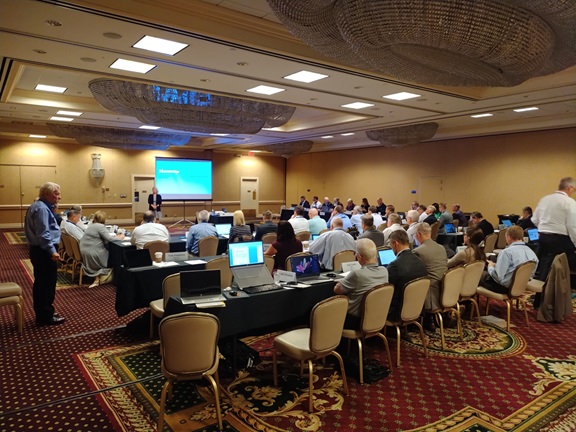For many, the trust system is the backbone of their organization, supporting operations, compliance, risk management, client services, and reporting. Relying on outdated systems, or choosing the wrong replacement system, can result in poor decision-making, financial losses, and missed business opportunities.
Common Problems with Outdated Trust Systems
Older trust systems are less automated, relying heavily on manual processes. Of course, people are slower than computers and often make data entry mistakes that a computer won’t make. Consequently, manual processes are both slower and less accurate than automated processes, decreasing efficiency and resulting in less accurate reporting.
Outdated trust systems are less likely to integrate seamlessly with other essential software tools, such as CRM, compliance, investment, or tax reporting software. Lack of integration leads to siloed data, increased manual work, and inefficiencies.
Cybersecurity threats become more sophisticated every year. Older trust systems may not have the latest data protection and cybersecurity features, leaving the trust’s data vulnerable to new cyberthreats.
Modern trust systems are designed to evolve with the trust business, but older, less automated systems may not be able to scale as the business expands. Manual processes become increasingly cumbersome as the business grows and the amount of data increases. The trust business risks information bottlenecks, slowing the decision-making process and negatively impacting customer service.
Outdated trust systems do not have built-in compliance features. With regulatory requirements constantly evolving, manually ensuring compliance can be difficult, leading to audit failures, fines, and reputational damage.
Trust System Selection
Selecting the right trust system begins with a clear understanding of the operations’ needs to ensure the new system aligns with the firm’s operational structure, regulatory requirements, and long-term business goals.
- Conduct a comprehensive assessment of your current operations. Identify current pain points to choose a new system that will improve workflows, compliance, and reporting.
- Determine what inefficiencies currently exist in your trust operations.
- Outline current regulatory compliance challenges.
- Consider future plans for growth, including plans to expand services, enter new markets, or scale operations.
- Outline all software your trust system must integrate with, including CRM, portfolio management tools, billing systems, regulatory reporting tools, and tax reporting software.
- Ensure the new trust system includes built-in compliance monitoring to track adherence to industry regulations and automated reporting tools to simplify audits and regulatory filings. Trust companies are heavily regulated, and compliance failures can result in severe penalties, reputational damage, and legal issues.
- Check the trust system’s data security measures to ensure they will protect against breaches and ensure client confidentiality.
- Confirm that the new trust system will integrate seamlessly with other critical financial software used in your organization.
- Make sure the trust system is scalable, so your firm does not outgrow the technology too quickly. It should be able to handle increased client volume as your business expands.
- Check remote access options to ensure it supports 24/7 access to trust data.
- Make sure the UI is easy to learn and use. The provider should offer training and support to make the transition as seamless as possible.
- Outline the implementation schedule and requirements upfront to ensure it will work with your business.
How Pohl Consulting Supports Trust System Selection
At Pohl Consulting, we provide a comprehensive, step-by-step approach to trust system selection to help financial institutions choose the best trust system for their organization.
Our process includes:
- Comprehensive Needs Analysis – Assessing your current operations, inefficiencies, and long-term objectives.
- Vendor Evaluation & Market Research – Identifying the best trust system providers and evaluating their solutions.
- Compliance & Risk Assessment – Ensuring the chosen system meets regulatory standards and compliance best practices.
- Implementation Planning & Project Management – Guiding your team through a seamless transition, reducing downtime and disruption.
- Staff Training & Support – Providing the necessary resources to ensure employees are fully trained and confident in using the new system.
Organizations leverage our expertise in trust system selection to avoid costly mistakes and ensure your long-term operational efficiency, compliance, and growth.
Is It Time to Upgrade Your Trust System?
If your firm is struggling with inefficiencies, compliance challenges, or outdated technology, it is time to evaluate new trust systems. Pohl Consulting specializes in helping trust companies navigate the complexities of trust system selection, ensuring that the solution you choose aligns with your organization’s needs, compliance requirements, and long-term growth strategy.
Contact us today to discuss how we can help you find the right trust system for your business.
For more information on how Pohl Consulting supports organizational development and trust system selection, visit our Organizational Development page.



